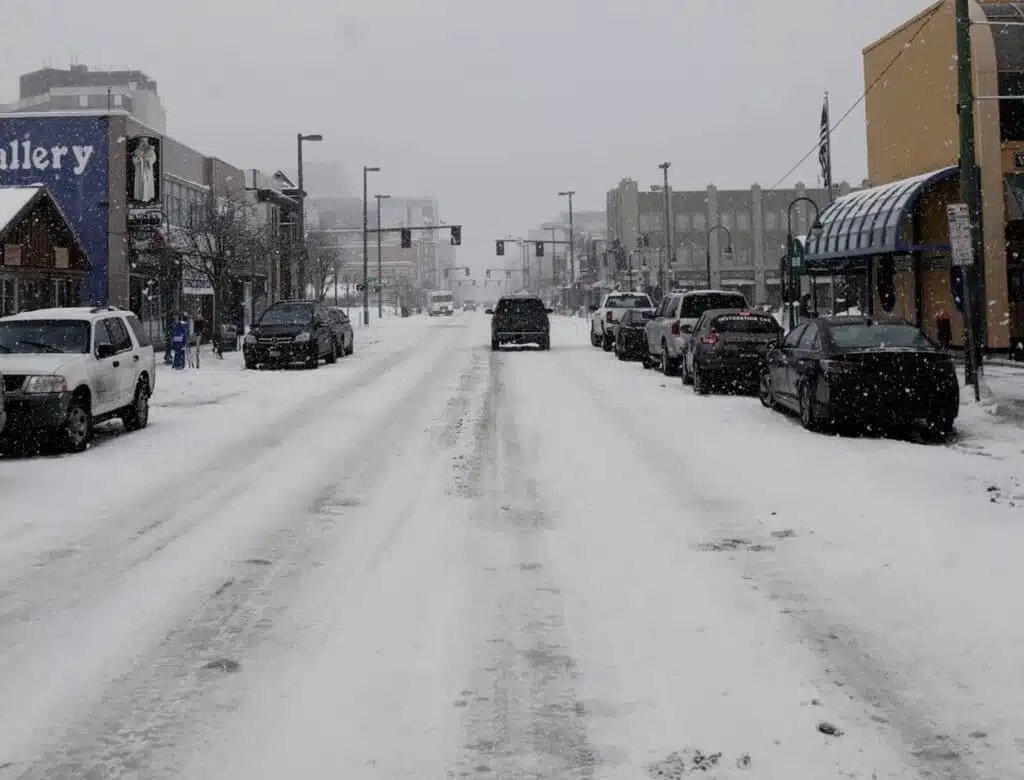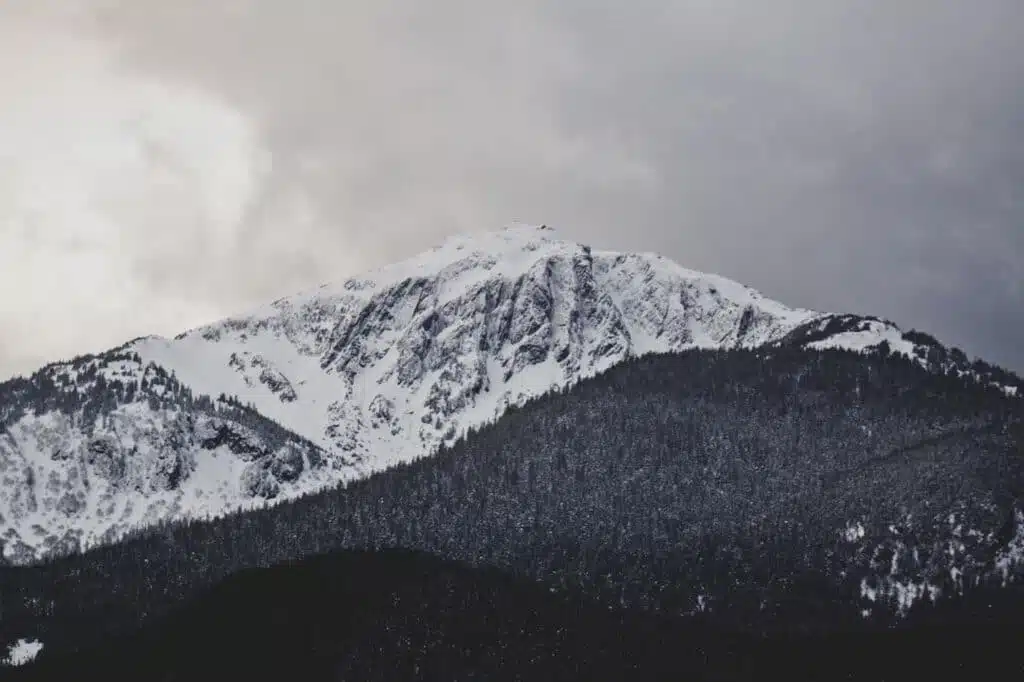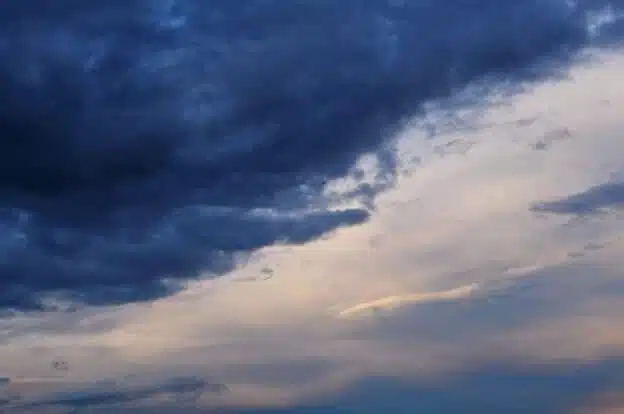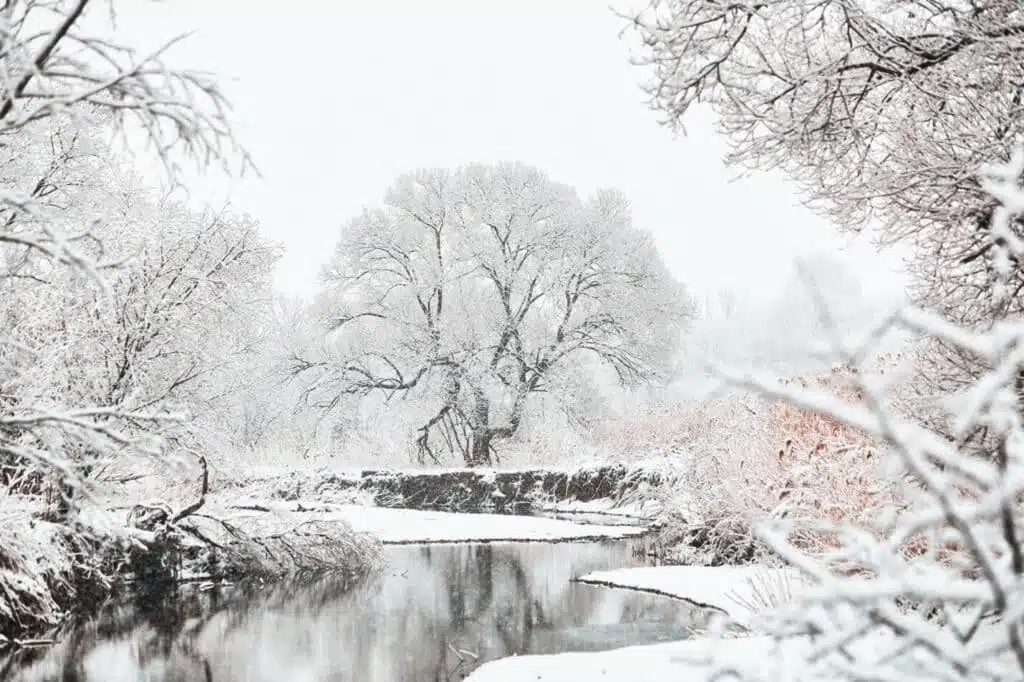In November 2023, Anchorage, Alaska, experienced a shocking 39.1 inches of snowfall, making it the snowiest November on record for the Last Frontier. Additionally, these winter storms crushed several daily snowfall records. However, Anchorage is just one US region that has experienced unusual weather this winter, as heavy winter storms have also hit the Great Lakes region.
Anchorage Breaks Its November Snow Record

The Anchorage November snowfall record fell in November 2023 due to a shocking 39.1 inches of snow. Usually, the Municipality of Anchorage has about 5 inches (12 cm) of snow coverage in the first two weeks of November, but ended up with a record snowfall of over 37 inches in just the beginning of the month.
Nine inches of snow fell in a single day on November 8th, the beginning of a three-day snowstorm that dumped over 20 inches of snow overall. Both November 8th and November 9th broke daily records, but the people of Anchorage didn’t have a long reprieve. On November 13th, another storm added around 9 inches of accumulation.
According to the Anchorage Daily News, the record was officially broken on November 17th by a small squall that dropped less than an inch. The previous November snow record was 38.8 inches in 1994.
Thankfully, Anchorage was not subject to the same brutal snow as Thompson Pass in the Chugach Mountains, about 140 miles away. This area saw 72 inches of snow accumulate in just one day on November 8th. However, it’s not quite the national record for most snow in one day; that was set by Silver Lake, Colorado, in 1921 with 76 inches.

Alaska Public Media reports that the heavy snow on November 8th led to significant disruptions, and the governor declared a state of emergency. There were widespread power outages and numerous stranded vehicles on the highway, requiring rescue by Alaska State Troopers. Students were forced to resume remote learning. Sadly, four deaths were reported of homeless people who could not find shelter.
Historic November Totals Confirmed
The previous Anchorage November snowfall record was 38.8 inches, set in 1994. However, 2023 claimed the top spot by November 19th, well before the month ended. Ground-based measurements by the National Weather Service Anchorage office confirmed that the new record is 39.1 inches. This is the snowiest November since recordkeeping began in 1953.

After smashing the previous record, Anchorage may still set new expectations for what winter looks like on the Last Frontier. February 1996 is known as the snowiest month in state history, with 52.1 inches, while the record for most snowfall over winter was set in winter 2011-12 with 134.5 inches. In general, Anchorage gets around 77 inches of snow during the winter.
El Niño Defies Expectations in Alaska
El Niño is a climate pattern in which warm water cycles through the Pacific Northwest. Generally, this causes a warmer-than-normal winter in Alaska, including less precipitation. Most places in Alaska are having a warmer winter, with Anchorage being a clear exception. El Niño’s influence, combined with how much snow has fallen in Anchorage, proves that weather patterns are based on a number of factors, not just one.

Other Parts of the Northern Hemisphere Are Also Facing Major Snowfall
Anchorage, Alaska, is not the only place that has seen significant snow. The Midwest and Northeast are also preparing for high snow accumulation, though for a different reason: lake effect snow.
Lake effect snow occurs when colder air sweeps across warmer lake waters. There, it will accumulate moisture, which falls as snow when the air cools down again over land. The Great Lakes are one of the world’s largest repositories of freshwater, meaning that certain Great Lakes cities are on track for extremely heavy accumulation.
As much as 2 inches of snow fell per hour in Western New York. ABC News reports that areas north of Syracuse, NY, received 20 to 30 inches, Buffalo, New York, received 16 inches, and Cleveland, Ohio, received 13 inches.
Conclusion: A Record Winter Begins
While heavy snowfall in Alaska broke long-standing records, the Midwest and Northeast are expected to experience heavy accumulation. However, it’s important to note that different weather phenomena cause these winter storms. Alaska’s record snowfall was influenced by El Niño, which usually brings warmer temperatures, while the Great Lakes were hit by heavy lake effect snow.
El Niño years often bring unpredictable weather, meaning that this season could see even more extremes. Visual Crossing’s Timeline Weather API provides timely reporting on weather conditions across the world, making it a must-use tool for professionals and enthusiasts who want to stay updated on these weather shifts.


